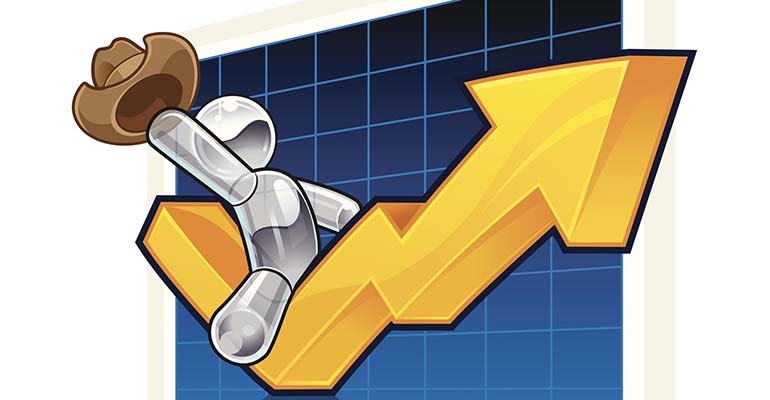August 14, 2020

This week I could be talking to someone about topics that ranged from back-to-school time, cattle markets, to whether the Huskers will play football this year, and the conversation always came back to how much the COVID-19 event has taken from that person, and from all of us.
That got me thinking, if COVID-19 has taken from all of us, did it really take anything from any of us? I know that may sound weird but there begins the circular argument in my mind. Sparing you all the details of that argument, my conclusion is that things are what you make of them.
Using the sell-buy marketing technique, it was easy to make some profitable trades during the shutdown. Then we were given a stimulus check, we got CFAP (Coronavirus Food Assistance Program) money, along with a variety of other grants to apply for. When I look at it from a monetary and marketing point of view it doesn’t seem like the event took that much. Cattle people spent a lot of energy complaining about the markets, but here’s the deal: As long as there are cattle auctions taking place, there are opportunities to make some money. That’s one huge advantage we have, while the rest of the world just gets laid off with nothing to do.
Play to win
Another thing I’ve been doing this week is watching The Last Dance on Netflix. It’s a docu-series about Michael Jordan. For me the thing that stands out is his desire to be the best and to win championships. While I was watching that I remembered how the person that taught me sell-buy marketing would repeat over and over things like “If you’re gonna be in it, be in it to win it,” and “Be excellent.”
Jordan had a way of making those last-second shots to win games. To put a spin on some of my “fun with math” examples -- since we haven’t done that in a while -- what kind of trades would Jordan do this week if he were marketing cattle?
Maybe he sold some fats this week, since the fat market got another boost. This week he could have replaced those fats with 590-pound heifers in Nebraska and made a $38 profit. We have not been able to replace fats in the plains markets at a profit for some time.
Maybe he replaced those fats with a load of six-weight heifers out of Kentucky at $110 profit (after delivery to Kansas).
Maybe he had some seven-weight heifers on grass and sold them replacing them with a load of heifers from Tennessee, giving him a return on the gain of $1.57. The cost of gain (COG) would be much lower, thus giving him a handsome profit.
Perhaps he sold eight-weight steers in Missouri and replaced them with bawling five-weight feeder bulls at over $100 per head profit.
If you’re gonna be in it, be excellent, and win it. As you can see there were excellent trades to be made all over the country. It doesn’t matter what COVID-19 took five months ago. That game is over. We must play to win today’s game.
Mixed-market effects
This week the markets were what I’d call mixed. Some weights were a little higher, some steady, and some lower. One thing I noticed at several auctions is that this created a situation in which there wasn’t much of a slide, and this gave feeders a nice value of gain (VOG), setting the stage for some profitable feeder-to-feeder trades, and finally some profitable fat-to-feeder trades.
The monkey in the woodpile is five-weights. This is where there was a price break. Some auctions saw a $25 drop in price from five-weights to six-weights, so put simply you could buy 100 pounds for roughly $15 per head more.
As I outlined above, the geographical spreads remained in place this week. Southern markets remained undervalued to plains markets. Unweaned cattle were $5-13 back, and feeder bulls were $10-20 back.
I noticed on several market reports this week that there were some “natural” cattle sold. They only picked up a $2 premium. I just don’t know whether the natural gig is worth it after you enroll them in a program, keep the records, buy the tags and all that. To me that’s like buying a fancy pair of basketball shoes: They really won’t elevate your game. And here’s a reminder my definition of value-added marketing means you must capture the added value. The profitable trades I outlined above were all on plain ol’ commodity cattle.
Next week Wally Olson is providing a free webinar on cattle market behavior with Chris Swift of Swift Trading Company. For information go to Wally‘s website.
The opinions of this author are not necessarily those of Beef Producer or Farm Progress.
About the Author(s)
You May Also Like






